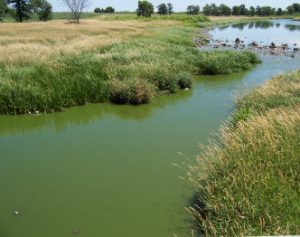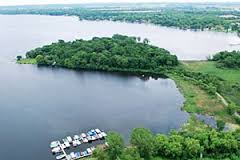In this wonderful white paper by Debra Wolf Goldstein, Esq., General Counsel Heritage Conservancy, the many benefits of conservation easements established between municipalities and landowners are presented. In Pennsylvania (PA), as cited in the paper, chief among them is the intrinsic and extrinsic rewards preserving valuable land holds for residents.

The benefit to the public of privately-owned, protected property is indisputable. In the most recent statewide Recreation Participation Survey, Pennsylvanians listed their top recreation activity as sightseeing/driving for pleasure. Easements can provide this visual relief. Easements also can protect wildlife corridors, maintain a sense of community, combat sprawl, assist in farmland preservation, and maintain high quality water sources.
Milwaukee, WI, notes similar priorities according to
this article from the Milwaukee Journal Sentinel.
“People are paying a premium to live and work near the water, and this is hugely important as we work to make these rivers better,” said Matt Howard, director of the city’s Office of Environmental Sustainability. “I think there is a more explicit connection between environmental quality and economic vitality.”
To restate the obvious, clean freshwater is incredibly valuable for tourists and landowners alike. With such financial incentive at risk, the decision to clean up always makes sense.



